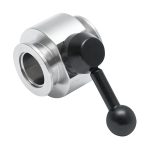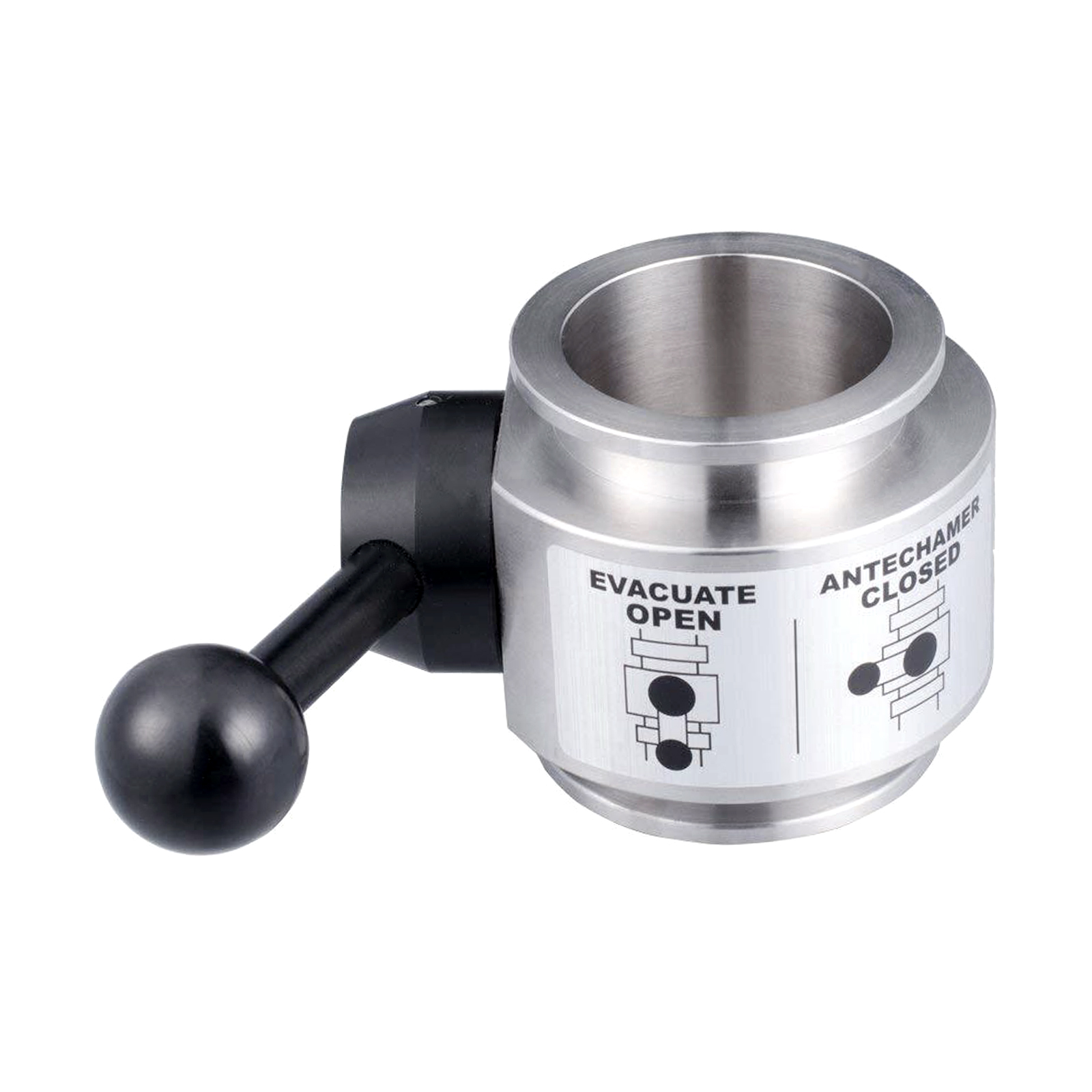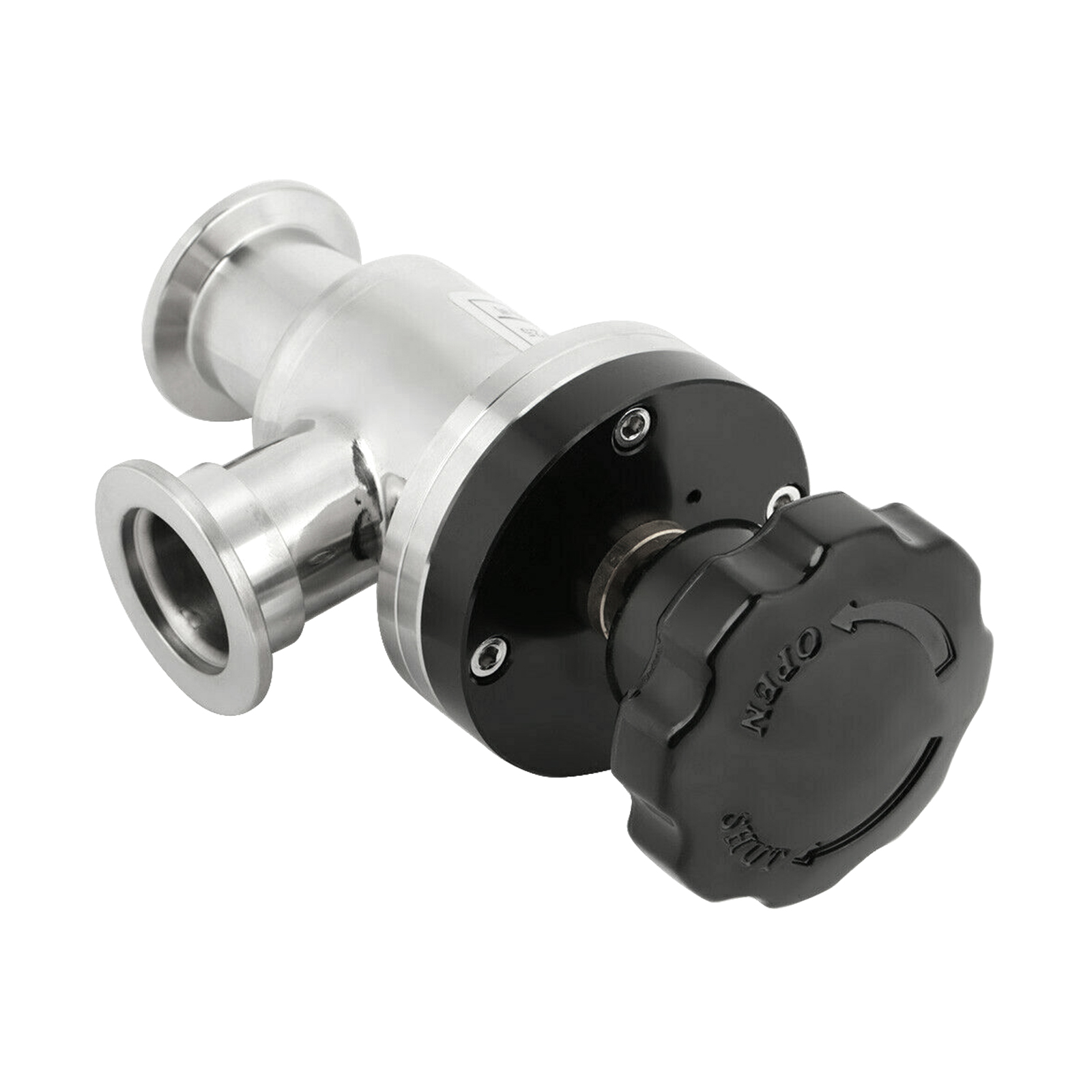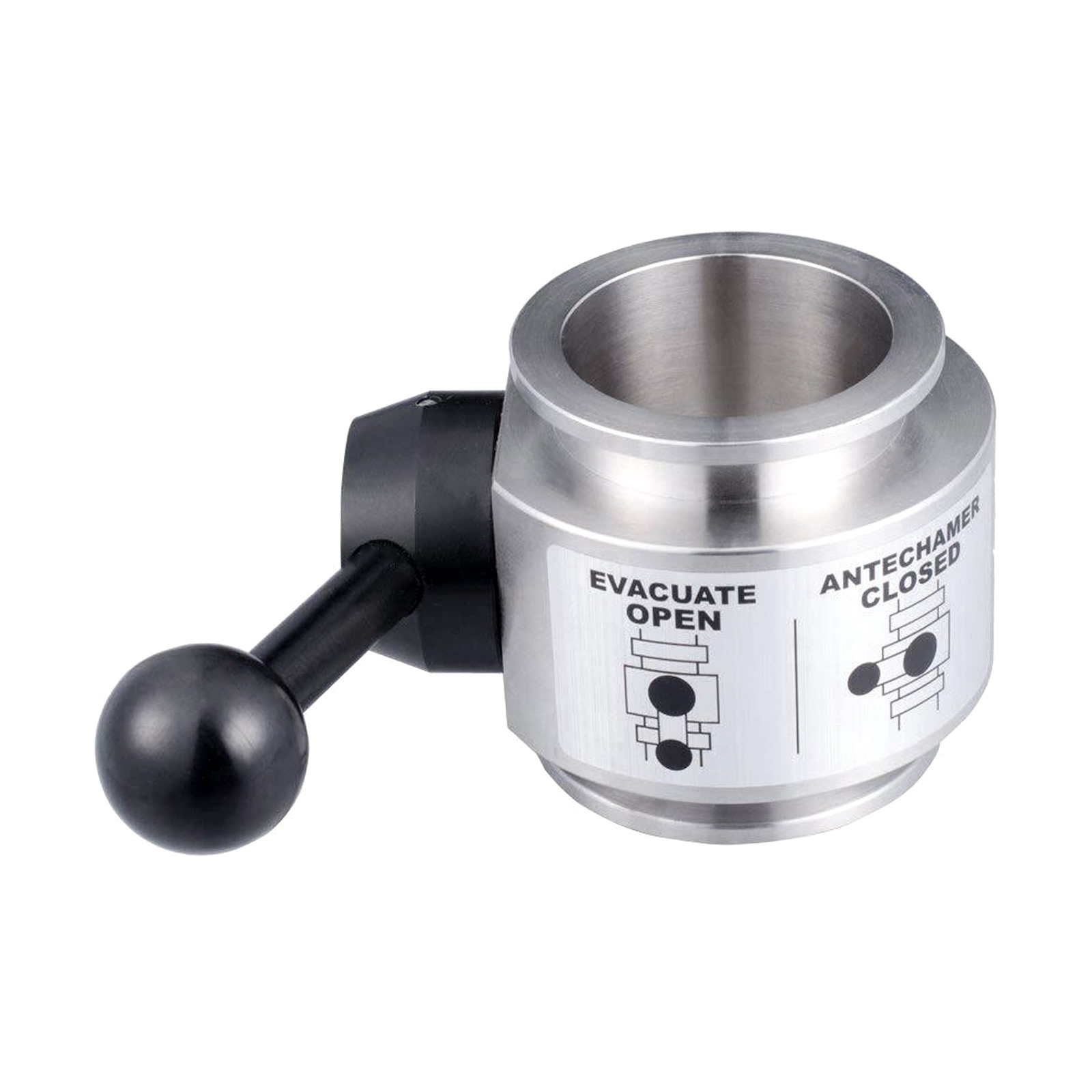
Selection and Classification of Valve Electric Actuators
- Classification of valve electric actuators:
Valve electric actuators can be divided into three types according to the movement of the output shaft.
- Part-turn electric actuator: The output shaft of the part-turn electric actuator rotates less than one circle, and the rotation angle is less than 360 degrees. The valve can be opened and closed when the output shaft rotates 90 degrees. Part-turn electric actuators are used in conjunction with butterfly valves, ball valves, and plug valves.
- Multi-turn electric actuator: The output shaft of the multi-turn electric actuator rotates more than 360 degrees. Generally, it needs to rotate multiple times to realize the opening and closing of the valve. The multi-turn electric actuator is mainly used with gate valves and stop valves.
- Straight-stroke electric actuator: The trajectory of the output shaft of the straight-stroke electric actuator is linear motion, not rotary motion.
- Selection of valve electric actuator:
Generally, the correct selection of electric vacuum valve actuators is based on the following:
- Operating torque: The operating torque is the most important parameter for selecting the valve electric device. The output torque of the electric actuator should be 1.2 to 1.5 times the maximum valve operating torque.
- There are two main structures for operating the thrust valve electric device: one is not equipped with a thrust plate, and the torque is directly output; the other is with a thrust plate, and the output torque is converted to output thrust through the stem nut in the thrust plate.
- The number of turns of the output shaft: the number of turns of the output shaft of the valve electric device is related to the nominal diameter of the valve, the pitch of the valve stem, and the number of thread heads. It should be calculated as M=H/ZS (M is what the electric device should meet The total number of turns, H is the opening height of the valve, S is the thread pitch of the valve stem, and Z is the number of stem threads).
- Valve stem diameter For multi-turn rising stem valves, if the maximum stem diameter allowed by the electric device cannot pass through the stem of the matched valve, it cannot be assembled into an electric valve. Therefore, the inner diameter of the hollow output shaft of the electric device must be larger than the outer diameter of the stem of the rising stem valve. For part-turn valves and dark-stem valves in multi-turn valves, although there is no need to consider the passage of the stem diameter, the stem diameter and the size of the keyway should be fully considered when selecting and matching, so that it can work normally after assembly.
- Output speed: If the opening and closing speed of the valve is too fast, water hammer will easily occur. Therefore, the appropriate opening and closing speed should be selected according to different conditions of use.
- Valve electric actuators have their special requirements, that is, they must be able to limit torque or axial force. Usually the valve electric device uses a torque limiting coupling. When the specifications of the electric device are determined, its control torque is also determined. Generally run within a predetermined time, the motor will not be overloaded.
In summary, the customer should provide the corresponding selection parameters to the electric actuator manufacturer when selecting the valve electric actuator, so that the merchant can provide a suitable actuator.







